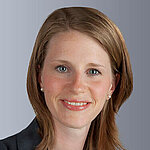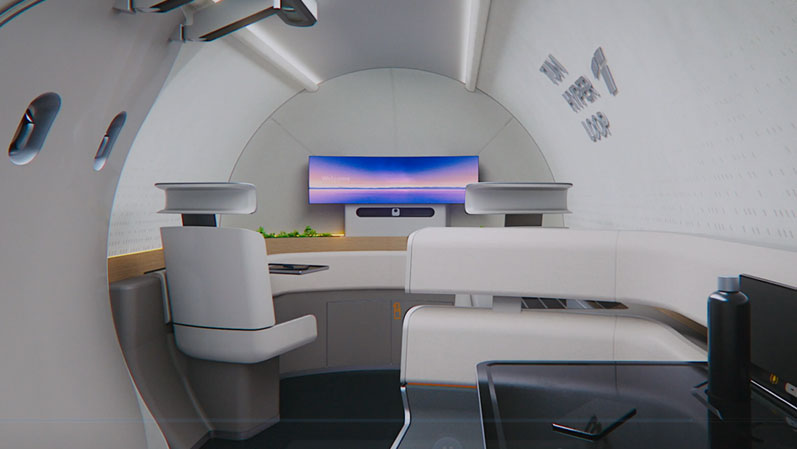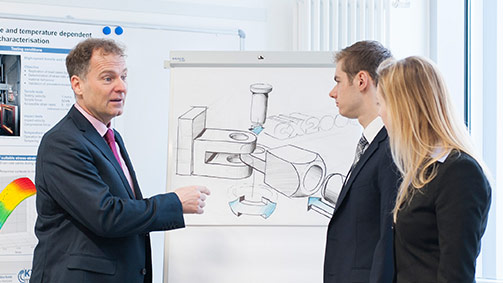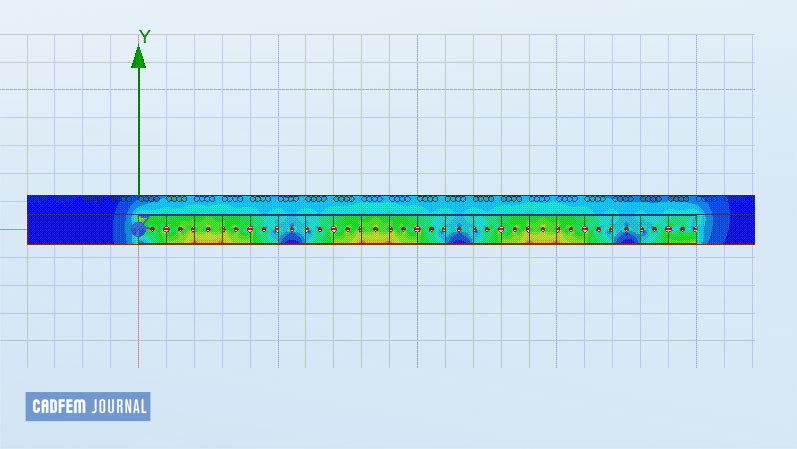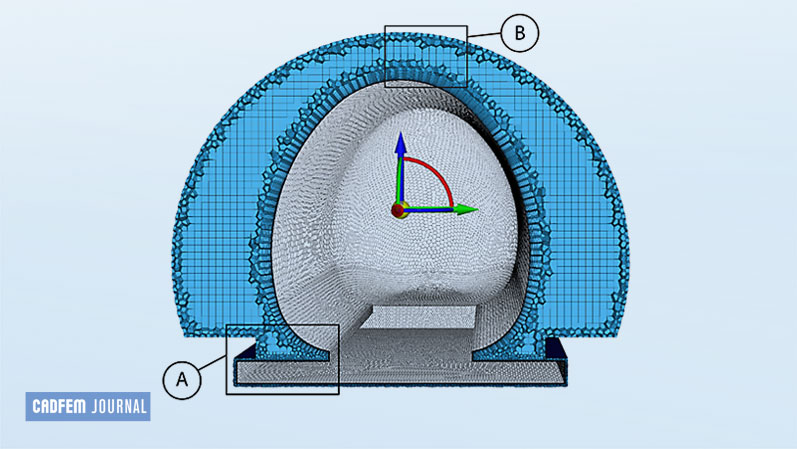How the transportation system of the future is pushing the boundaries of technology
Fast, faster, Hyperloop
Around the globe, people are working on the Hyperloop, the incredibly fast transportation system of the future. The TUM Hyperloop team of students, professors, and researchers from the Technical University of Munich (TUM) is at the forefront of this work. Thanks in part to state-of-the-art development tools, which includes simulations with Ansys as well as know-how transfer by CADFEM, the realization of Elon Musk’s vision is within reach at TUM.
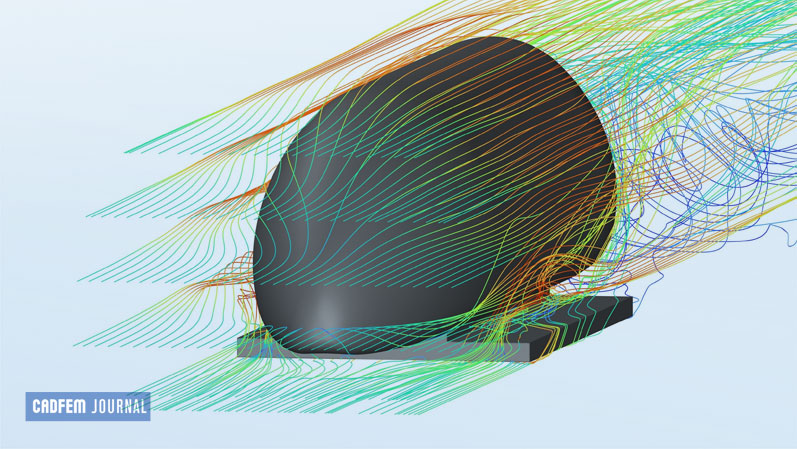
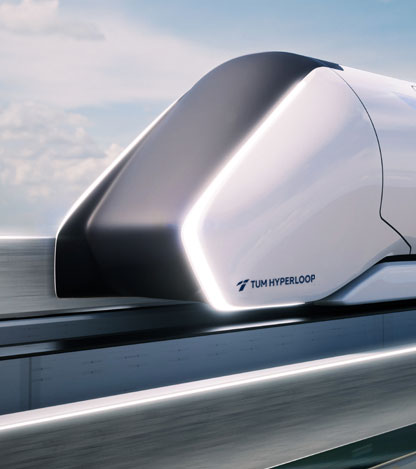
Hyperloop is an ultra-high-speed transportation system for passengers and cargo. The concept was proposed in 2013 by Elon Musk and is now being made a reality. High-speed mobility has two main components: One is a network of tubes, and the other is transportation capsules, known as pods, in which passengers travel at speeds of up to 900 km/h.
Contactless magnetic levitation and propulsion systems enable a fast, comfortable, and safe travel experience. Powerful vacuum pumps extract air from the tube segments so that the pod travels through the tube with virtually no air resistance. Energy efficiency and climate-neutral operation make the Hyperloop system a key technology for sustainable transportation in the future.
Hyperloop is not only technologically innovative, but its implementation is also quite unique. Similar to open source software, the initiators have opted for a participatory concept and launched a competition in 2015. In 2017, the finalists were allowed to demonstrate their pod prototypes on the test track in Las Vegas. Among them was the team from the Technical University of Munich, whose pod achieved the highest speed, confirming its success with new records in each of the subsequent three years.
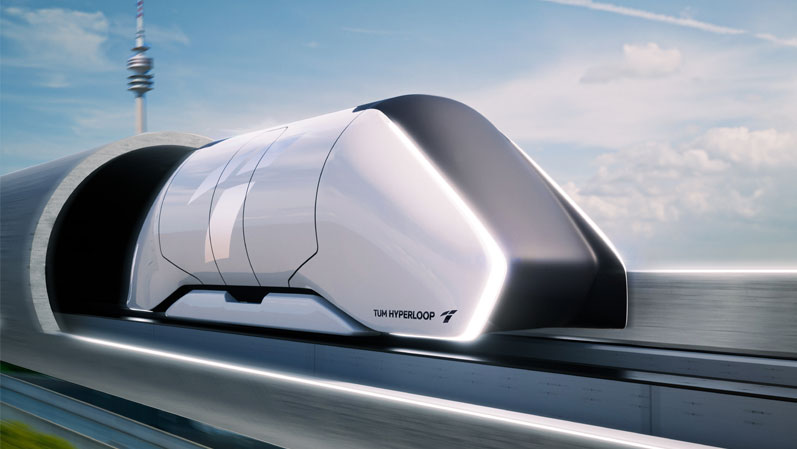
The TUM Hyperloop Team
2020 saw the official launch of the TUM Hyperloop program, a research project of the Technical University of Munich. After the Munich student initiative proved in a pitch that it can develop unbeatably fast pods, almost 100 team members from over 25 countries are now officially working on making this high-speed transportation system a reality.
The preliminary highlight was the first fully functional and full-size demonstrator in Europe, presented in Ottobrunn near Munich in summer 2023. The 24-meter-long and 4-meter-wide structure, in which a fully equipped pod with passengers traveled through a partial-vacuum, proved that the future is already here.
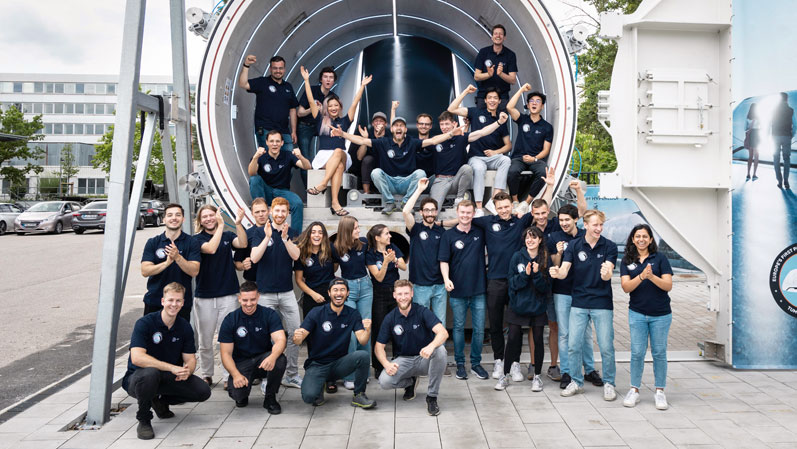
Tim Hofmann, Head of Propulsion, TUM HyperloopThe decision in favor of Ansys was ultimately a decision for Ansys plus CADFEM. Because only with the right approach can the possibilities of such powerful software like Ansys be fully exploited. The tips and trainings offered by CADFEM are extremely helpful in this regard.
TUM Hyperloop, Ansys, and CADFEM
When engineers look to the future, try out new things, and explore the best options, simulations are the tool of choice; TUM Hyperloop is no exception. As one of the leading institutions for engineer training, the use of simulation technology has always been a high priority at TUM. Among the cross-institutional equipment used at TUM are the Ansys software tools provided by CADFEM. In addition, simulation specialist from CADFEM and TUM have been linked for decades by many joint projects and initiatives in research, teaching, and student support. And, of course, many CADFEM employees have a TUM past.
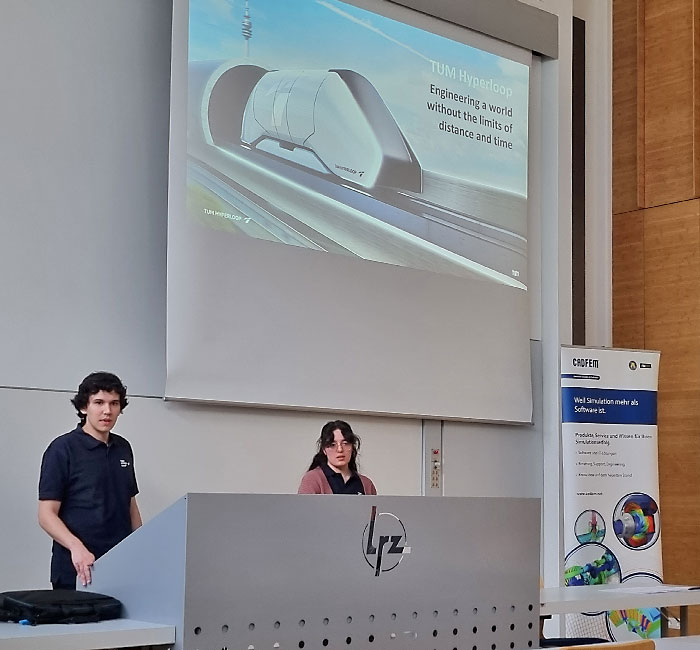
In the TUM Hyperloop project, Ansys tools are used in four technical sub-teams with a total of 15 team members. The main focus is on fluid mechanics, electromagnetics, electronics, and thermal applications. An important factor in a complex system such as the Hyperloop is the analysis of interactions that arise from the interplay of various physical disciplines. Ansys is the perfect tool for this.
The decision to use Ansys tools was made in large part because of the relationship with CADFEM and their experienced experts. The wide range of trainings offered by the Ansys specialist, which students can use for their own subject matter, is a huge advantage. This constellation is ideal for building up and expanding simulation knowledge in a targeted manner, both in terms of breadth and depth.
How Ansys simulation tools are used in the TUM Hyperloop team and what is achieved with them is described in articles including examples from the fields of electromagnetics and aerodynamics.

Alice Peccard
(TUM Hyperloop Content Creation)
Author:
Alexander Kunz (CADFEM Germany GmbH)
Cover Images:
Right: © TUM Hyperloop
Left: © TUM Hyperloop
Published: January, 2024
Contact CADFEM
